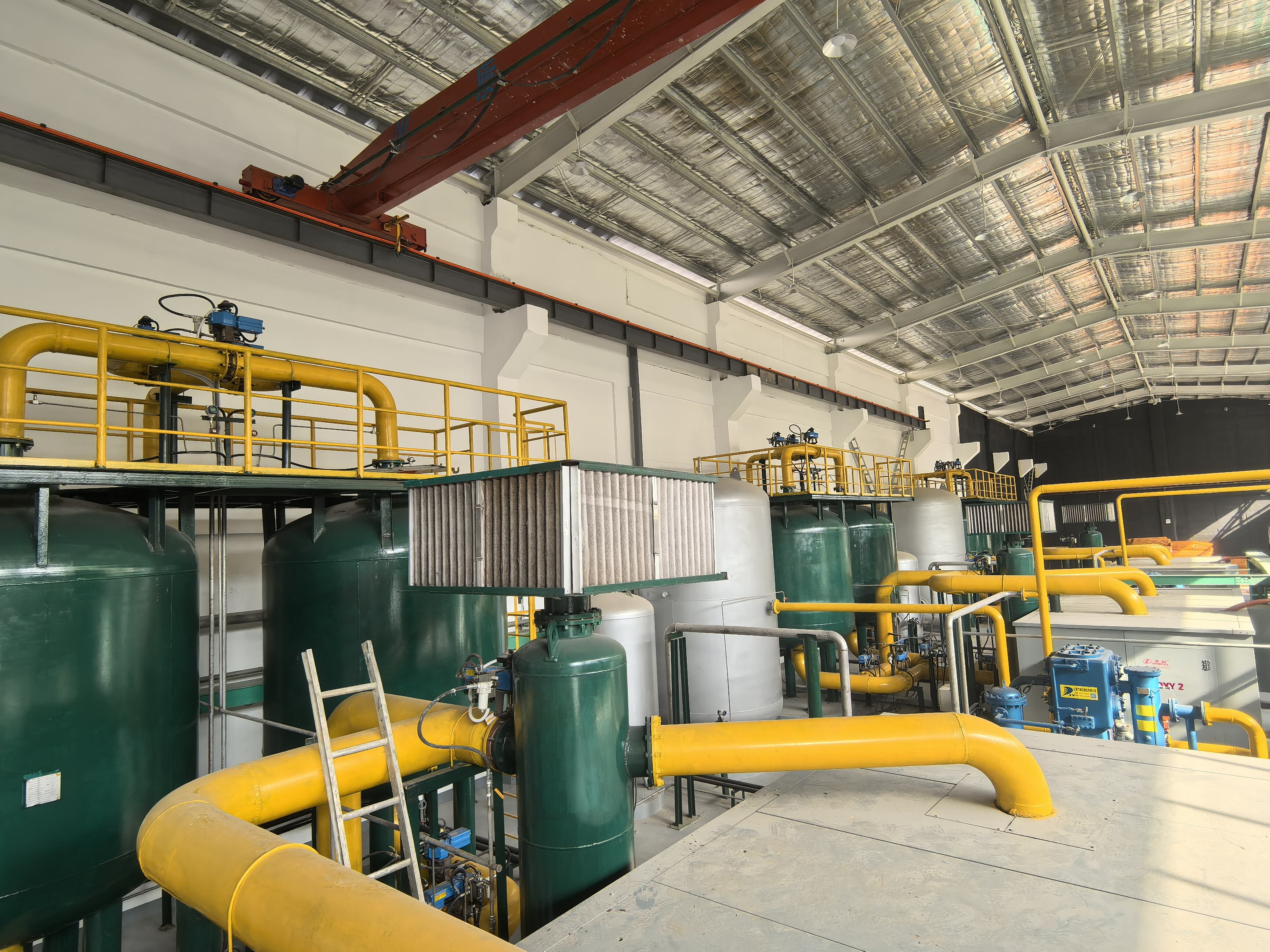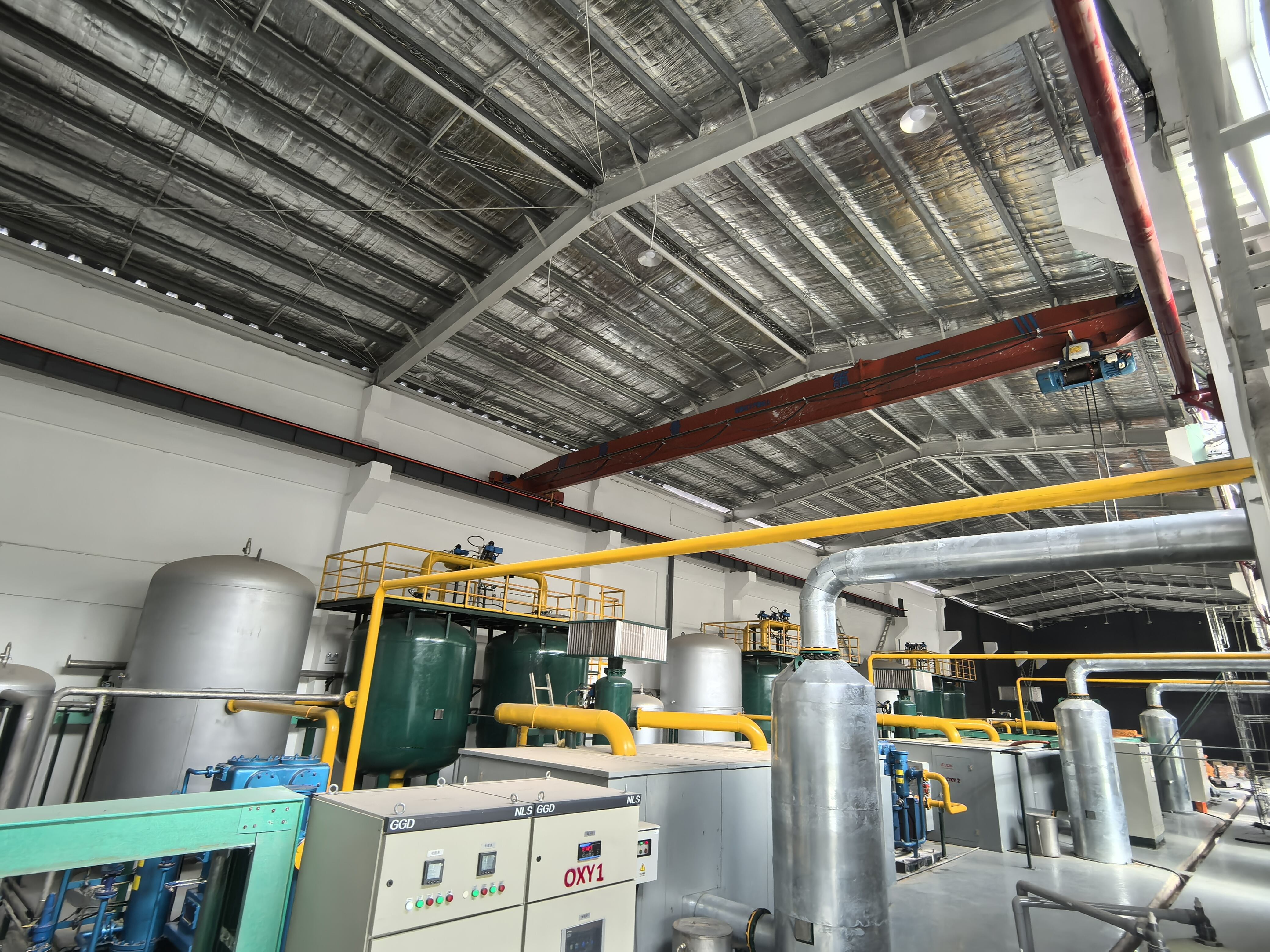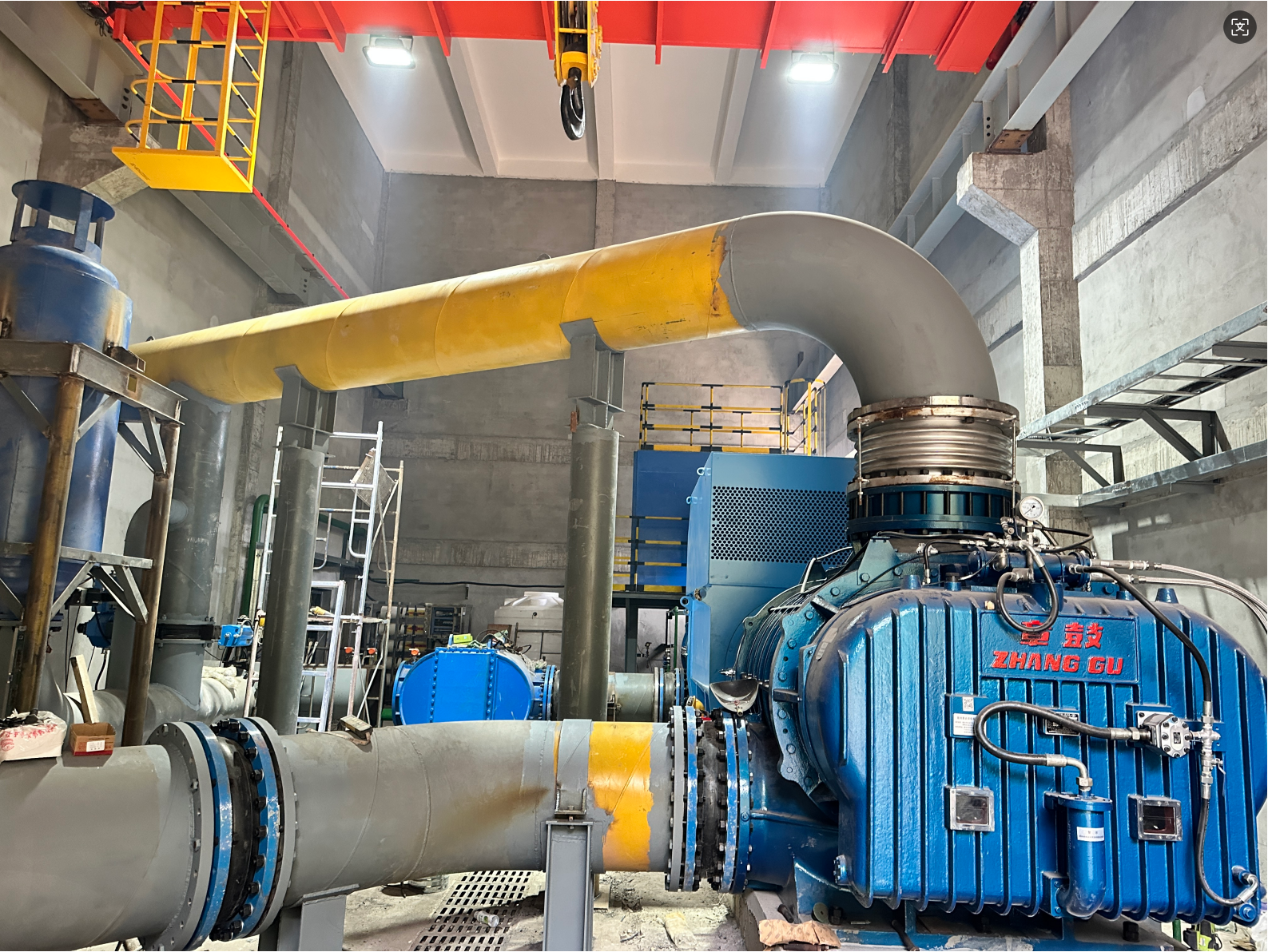vpsa oxygen generator manufacturer
A VPSA oxygen generator manufacturer specializes in producing advanced oxygen generation systems that utilize Vacuum Pressure Swing Adsorption technology. These manufacturers design and produce industrial-scale oxygen generation solutions that efficiently separate oxygen from ambient air through a sophisticated molecular sieve process. The technology employs specialized zeolite materials that selectively adsorb nitrogen while allowing oxygen to pass through, resulting in high-purity oxygen production. Modern VPSA systems typically achieve oxygen concentration levels of up to 95%, making them ideal for various industrial applications. These manufacturers incorporate cutting-edge control systems and automation features that ensure consistent performance and minimal operational oversight. Their systems are engineered to operate continuously, providing reliable oxygen supply for industries such as healthcare, metallurgy, glass manufacturing, and wastewater treatment. The manufacturing process involves rigorous quality control measures and adherence to international safety standards, ensuring that each unit meets strict performance and reliability criteria. These systems are designed with energy efficiency in mind, featuring optimized compression cycles and advanced heat management systems that minimize power consumption while maintaining high output levels.


